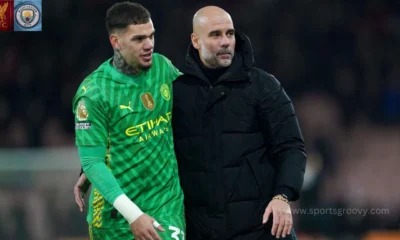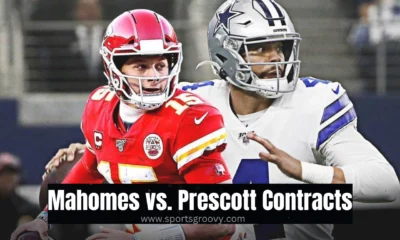Soccer
Germany vs Spain: Euro 2024 Quarterfinal Revives Football Clash
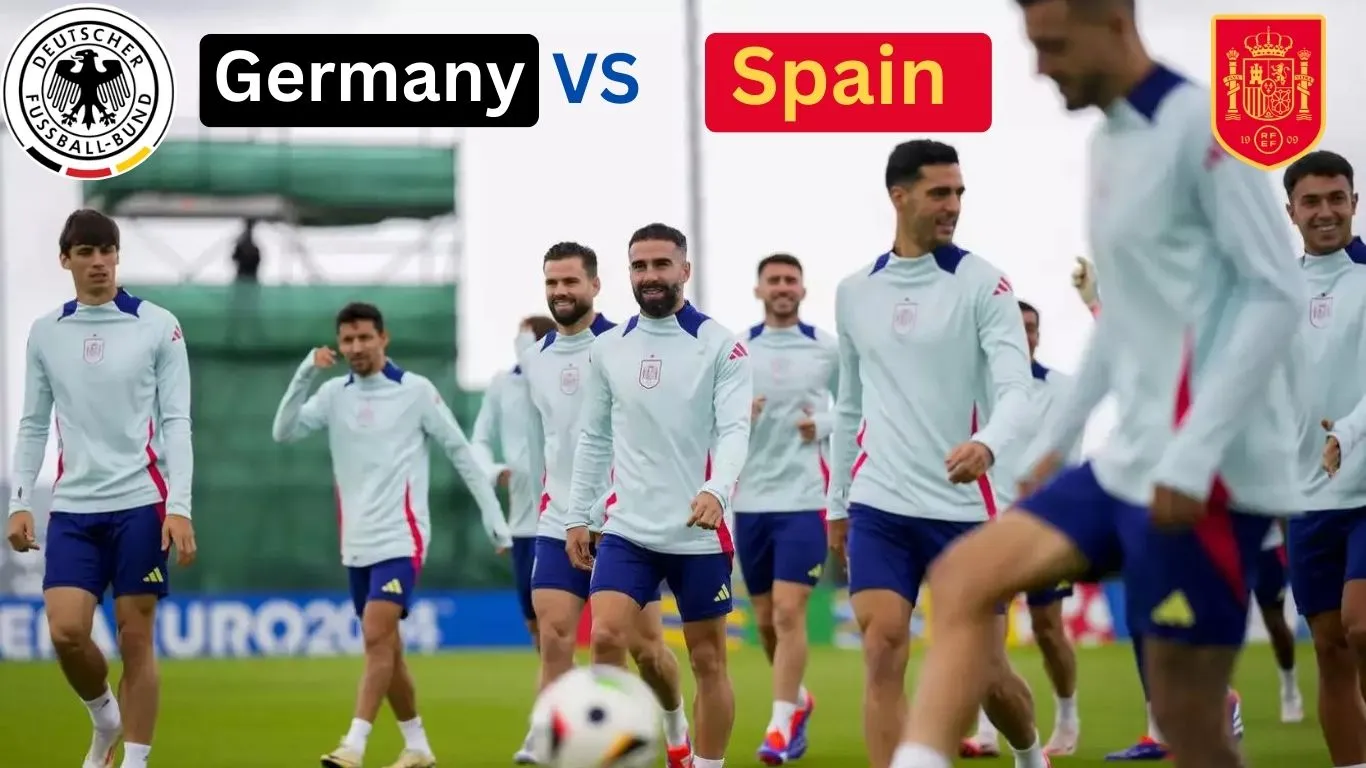
Germany VS Spain inside the Euro 2024 quarterfinals in Stuttgart competing for a gap in the semifinals. Beer and bratwurst sales on German trains have doubled. The event is expected to boost the German economic system by 1 billion euros ($1.08bn).
The hosts will benefit no matter the outcome on Friday evening Germany VS Spain. Beyond the major headlines Euro 2024 highlights. How German football is still influenced by its divided history?
Euro 2024 is Europe’s largest football tournament is predominantly hosted in Western Germany. With Leipzig’s RB Leipzig stadium being the sole representative from the former East.
This highlights ongoing disparities in German football since reunification including infrastructure and league representation. Despite efforts to bridge these gaps only two teams. From the former East Germany currently compete in the Bundesliga reflecting a persistent East-West divide in football.
The tournament marks a significant event since the 2006 FIFA World Cup, and the second major tournament since Germany’s reunification in 1990. Commentators point out notable differences between eastern and western German football.
Including stadium facilities revenue disparities and representation in national leagues. The German Football Association’s choice of host cities for Euro 2024 predominantly in the west raises questions about their criteria and approach to addressing post-reunification challenges.
RB Leipzig, controversially formed by Red Bull after reunification, stands out as a unique entity in the Bundesliga from the former East. The lack of representation in major tournament matches and the dominance of Western cities like Munich, Hamburg.
And Frankfurt underscore ongoing cultural and sporting differences between Germany’s regions.Explains that the current divide in German football stems from the post-unification period in the 1990s.
During unification East German football economics and politics absorbed into West Germany. Although unification is now history the patterns in German football. Today still reflect these changes from the 1990s.
Two Nations, Two Teams: A Simple Divide
The German VS Spain countrywide football match crew first performed in opposition to Switzerland in 1908 dropping 5-three in Basel. After World War II, Germany was break up into two countries: East Germany sponsored by using the us and West Germany ruled via democratic capitalist structures supported by France, Britain and America.
Berlin, though geographically located in East Germany divided into East and West Berlin along similar lines. Commentators note that East and West Germany had distinct football styles and varying levels of success.
In East Germany, football thrived with groups like SG Dynamo Dresden, FC Hansa Rostock, FC Lokomotive Leipzig, and FC Karl Marx Stadt rising from the Sixties.
Despite no longer being globally ranked, the East German national squad excelled in pleasant suits however struggled in fundamental tournaments. Post-reunification, players like Michael Ballack, who captained the countrywide team and starred for Bayern Munich and Chelsea, emerged as top notch successes.
West Germany, diagnosed by FIFA in 1950, gained 3 FIFA World Cups in 1954, 1974, and 1990. Legends together with Franz Beckenbauer and golf equipment like Bayern Munich were instrumental in their fulfillment. The 1974 World Cup fit among East and West Germany, dubbed “a conflict among brothers”, noticed West Germany all at once lose 1-zero to East Germany, underscoring soccer’s role in reflecting Germany’s divided records.
Germany Football: United in Name Only?
As Germany unified, merging two footballing nations posed significant challenges. According to McDougall, East German sport faced scrutiny for doping scandals and alleged ties to the Stasi.
The wealthier West Germany took over East Germany’s football structures incorporating only two out of eleven teams into Bundesliga 1. The top professional league.Hans-Georg Moldenhauer.
Former head of the East Germany football association reflects on the emotional and turbulent reunification period about Germany VS Spain. Now in his 80s, he highlights the collective effort to restore Germany’s footballing identity amidst the transition.
After reunification the DFB continued elements of East German football such as sports schools, says Moldenhauer. Who joined the organization post-1990. He highlights that West Germany adopted the GDR’s effective youth development concept.
Hesse points out deep-seated differences between East and West German football with the west often benefiting at the expense of eastern clubs. He notes that many eastern clubs faced structural and psychological challenges post-reunification.
Some were mismanaged by western businessmen, leading to the loss of top players and long-term struggles. This has contributed to the prolonged absence of these clubs from the football map.
Moldenhauer reflects that reunification in hindsight could have been handled differently. But sees it now as ancient history with little current impact on domestic football. He views ongoing club disparities more as regional management and economic issues.
For instance, well-managed clubs like Bayern Munich thrive while others like Hamburger Sport-Verein struggle due to various reasons.
How the Rich Clubs Get Richer?
There is a significant disparity in economic revenues among football clubs across Germany with wealthier clubs enjoying substantially higher financial resources than others.
In 2021, Bayern Munich topped global commercial revenues in football backed by sponsors like Deutsche Telekom, with a market value around €800 million ($865m) over twice that of Leipzig RB. Located in affluent Bavaria. It reflects regional economic strengths.
North Rhine-Westphalia another wealthy region hosts 40% of Euro 2024 venues Dortmund Gelsenkirchen, Dusseldorf, Cologne contributing over a fifth of Germany VS Spain GDP about €705 billion ($762bn).
Football remains a part of broader post-reunification disparities between East and West Germany, influencing political, social and identity landscapes. Despite improvements since reunification the eastern states lag behind the west: GDP per capita is 18% lower.
And disposable income is about 86% of that in the west, as per Federal Ministry for Economic Affairs and Climate Action data. Football is part of a broader socioeconomic landscape shaped by reunification with eastern Germany forecasting slower economic growth (1.2%) compared to the national rate (1.5%).
GDP per capita in the east is expected to remain around 80% of western levels. Sociologist Erik Meier from the University of Munster notes that the eastern economy hasn’t fully recovered from post-reunification challenges like deindustrialization leading to lower GDP wages and higher economic vulnerability.
Germany’s Future in Football
Germany’s football faces challenges due to unique ownership rules like the 50-1 regulation which limits major investors from buying clubs keeping majority ownership with fans. Red Bull’s acquisition of Leipzig’s SSV Markranstadt bypassed this, sparking debate.
Experts like Moldenhaur Emphasize youth development to bridge gaps. But Hesse sees economic disparities mainly between east and west Germany as a bigger hurdle before football can progress.
-
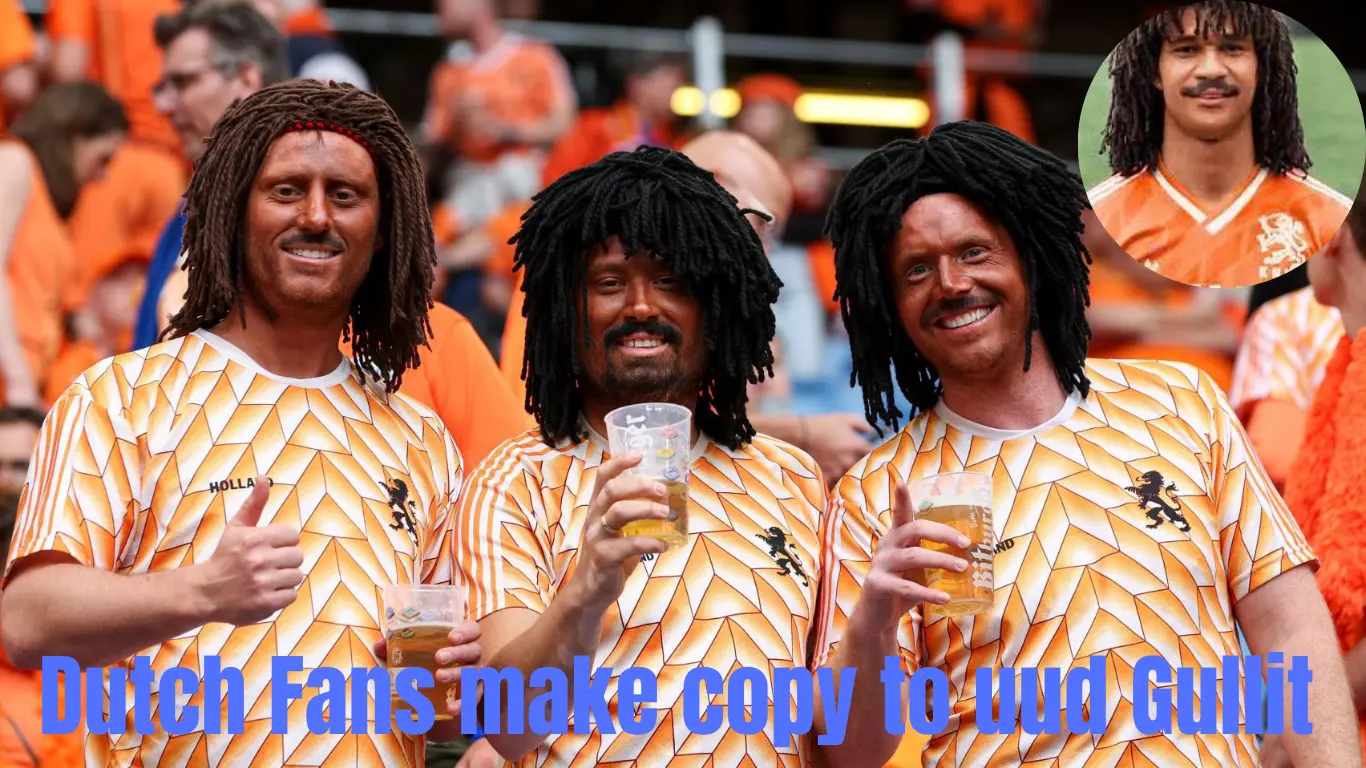
 Soccer6 months ago
Soccer6 months agoDutch Fans in Blackface to Imitate Ruud Gullit, One Agrees to Stop
-

 Soccer6 months ago
Soccer6 months agoEx Glamour Model Says Party with England Team Before Euros
-

 News8 months ago
News8 months agoDubai Flood, Rain Turns Desert to Aquarium🌧️🐠
-
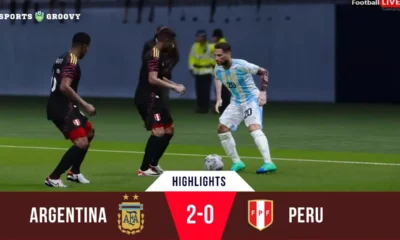
 Soccer6 months ago
Soccer6 months agoArgentina vs Peru 2-0 Highlights & All Goals Copa America 2024
-

 Entertainment7 months ago
Entertainment7 months agoThe Try Guys’ Journey From Four to Two
-
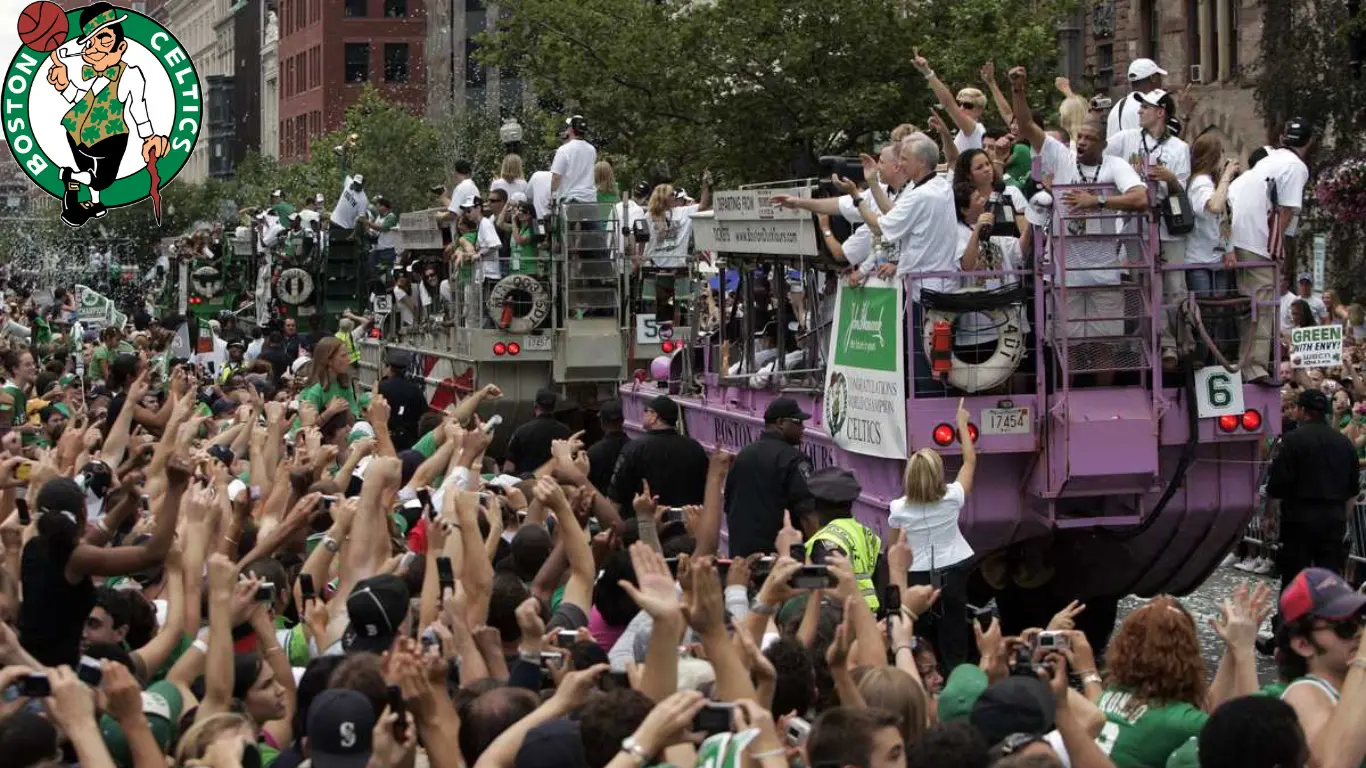
 NBA6 months ago
NBA6 months agoCelebrate with the Boston Celtics: Parade and Traffic Updates
-
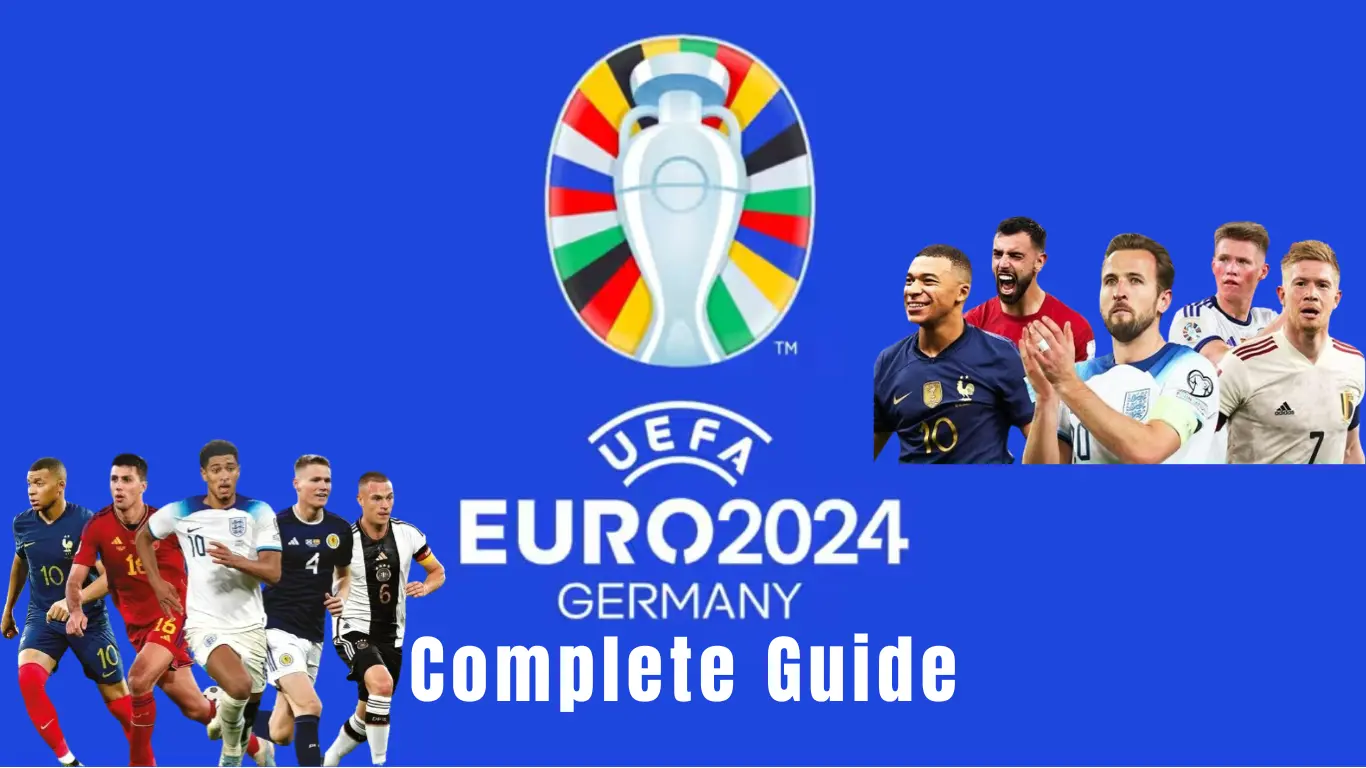
 Soccer6 months ago
Soccer6 months agoUEFA EURO 2024: Essential Guide and Key Information
-
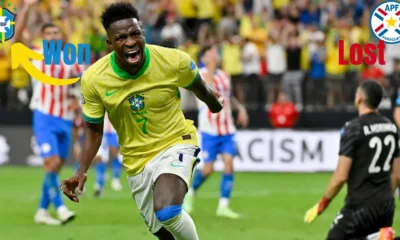
 Soccer6 months ago
Soccer6 months agoVinicius Jr Scores Two Goals in Brazil’s Win Vs Paraguay in Copa America 2024


